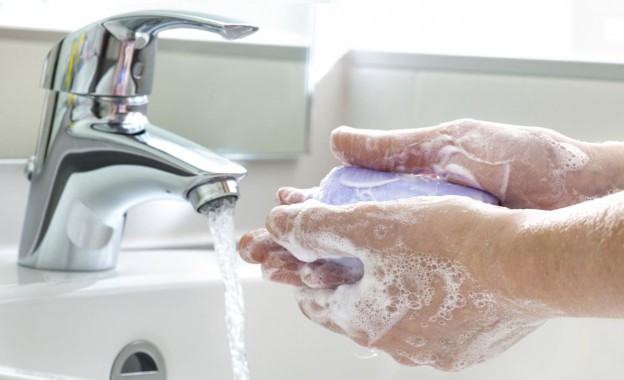
Resources
5 Ways to Teach an Older Child with Special Needs about Hygiene
As a speech language pathologist who works with young adults, I often use the topics of hygiene, community and daily living to help facilitate speech and language goals. Many older children, teenagers, and young adults are challenged with how to maintain good hygiene and have a decreased awareness. These individuals often rely on the adults in their life to help remind and guide them to wash hands, shower every day, shampoo hair, etc. Many staff members that I have worked with have requested that I discuss the topic of hygiene with my clients to help improve their independence and overall life skills. I have found and created many resources to help these individuals. Here are five ways to increase awareness and help teach improved hygiene skills with older children, teenagers and young adults with special needs.1. Use workbooks and therapy materials
An excellent workbook that I have used often is from Attainment Company called Explore Personal Care. I bought the student workbook that includes photographs, line drawing pictures, sequencing activities, a story with symbol support and problem solving questions. I have targeted many speech and language goals by using the photographs to help facilitate a goal of sequencing, labeling actions, describing and expanding vocabulary. A visual can also serve as an ideal conversational starter regarding the topic of hygiene.2. Use apps!
Check out:- Hygiene HD by Conover Company ,
- My Healthy Smile App
- Making Sequences For the app Making Sequences, take photos and have your child put the steps in order. This can be an excellent and functional activity.


